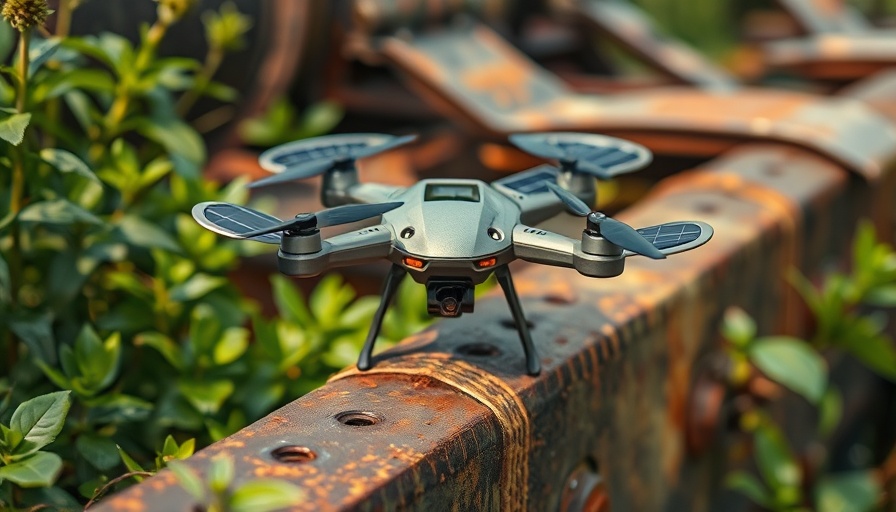
Solar-Powered Drones: The New Warriors on the Battlefield
In an intriguing advancement of military technology, Russia has recently showcased its adaptation of solar-powered drones used for ambush tactics. This innovative approach allows these unmanned aerial vehicles to remain operational for significantly extended periods, offering a unique advantage on the battlefield.
Revolutionary Drone Tactics in Warfare
Equipped with solar panels, these drones are designed to lie in wait for their targets, utilizing minimal energy to maintain surveillance. Unlike conventional drones that deplete their batteries quickly, the integration of solar technology allows these drones to charge their batteries in daylight, enhancing their ability to execute ambushes. The concept of ‘hibernating’ drones is gaining traction, where drones can remain in standby mode for days or even weeks, ready to deploy when needed. This marks a huge leap in military tactics, shifting the dynamics of engagement in warfare.
The Potential and Challenges of Solar Technology
There are tremendous benefits associated with solar-powered technology in military applications. Beyond mere sustainability, a solar-powered drone can operate like a CCTV camera, providing continuous observation without the need for direct power supply. However, challenges remain in the implementation, such as the efficiency of solar panels and their ability to generate adequate power during varying weather conditions. As these technologies evolve, they could redefine how surveillance and attack strategies are formulated.
Wider Implications for Defense
The use of solar-powered ambush drones doesn't just carry tactical advantages; it also reflects a shift toward leveraging renewable energy sources in defense and aerospace sectors. As countries like Russia lead the way in integrating these technologies, others may follow suit, prompting a larger discussion about the future of warfare and the ethical implications of robotics in combat scenarios.
 Add Row
Add Row  Add
Add 




Write A Comment